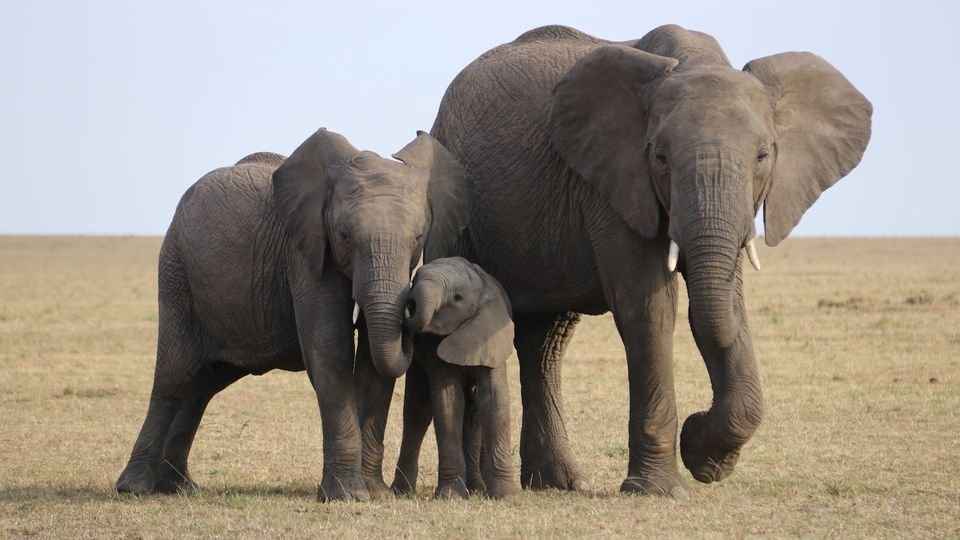Conducted by an international team of experts, including researchers from Lund University, the study challenges prevailing notion that dense forests are the epicenters of biodiversity.

A groundbreaking study utilizing global satellite data has provided fresh insights into the significant influence of the world’s largest herbivores, known as megafauna, in sculpting the biodiversity of protected areas.
Conducted by an international team of experts, including researchers from Lund University, the study challenges the prevailing notion that dense forests are the epicenters of biodiversity. Instead, it highlights the pivotal role of large herbivores like elephants, bison, and moose in fostering a diverse tree cover.
Lead researcher Lanhui Wang of Lund University notes, “Large herbivores are often viewed as competitors for resources in protected areas. However, our research indicates that these animals play a crucial role in creating a mosaic of habitats that supports a wide array of other species.”
The study specifically emphasizes the contributions of browsers and mixed-feeders among large herbivores. These animals, some of the planet’s largest, enhance biodiversity through their dietary habits, promoting the growth of various plant species.
Senior author Jens-Christian Svenning from Aarhus University points out that in regions with non-extreme climates, large herbivores are strongly associated with a patchy yet rich tree landscape.
The findings carry significant implications for global conservation efforts. Wang emphasizes that large herbivores are active agents in shaping landscapes, influencing both physical structure and biological diversity.
This research underscores the need to incorporate world’s largest herbivores, megafauna, especially large herbivores, into current and future ecosystem restoration endeavors. Their role has been undervalued in sustainable land management planning thus far.
As the world intensifies efforts to combat climate change and biodiversity loss, the study advocates for a more nuanced discussion on ecosystem management. Understanding the ecological impact of megafauna, particularly large herbivores, is deemed crucial in these conversations.
In alignment with the UN’s dedicated decade for ecosystem restoration, involving 115 countries committed to revitalizing natural areas, the study emphasizes the necessity of a resurgence of wild-living large herbivores. Wang concludes, “Our analysis suggests that to meet the UN’s ambitious targets for ecosystem restoration, we cannot ignore the integral role played by large herbivores.”
In light of these revelations, the international research team calls for a paradigm shift in how protected areas are perceived and managed. The presence of large herbivores is not only vital for the natural beauty and diversity of these ecosystems, but also crucial for their function and resilience in the face of environmental challenges. The full study has been recently published in the prestigious One Earth journal.